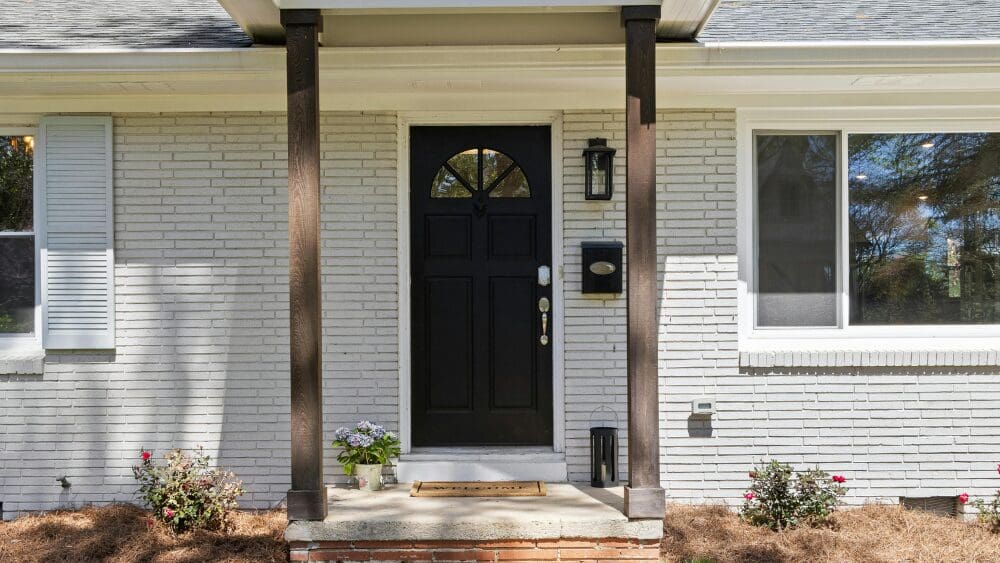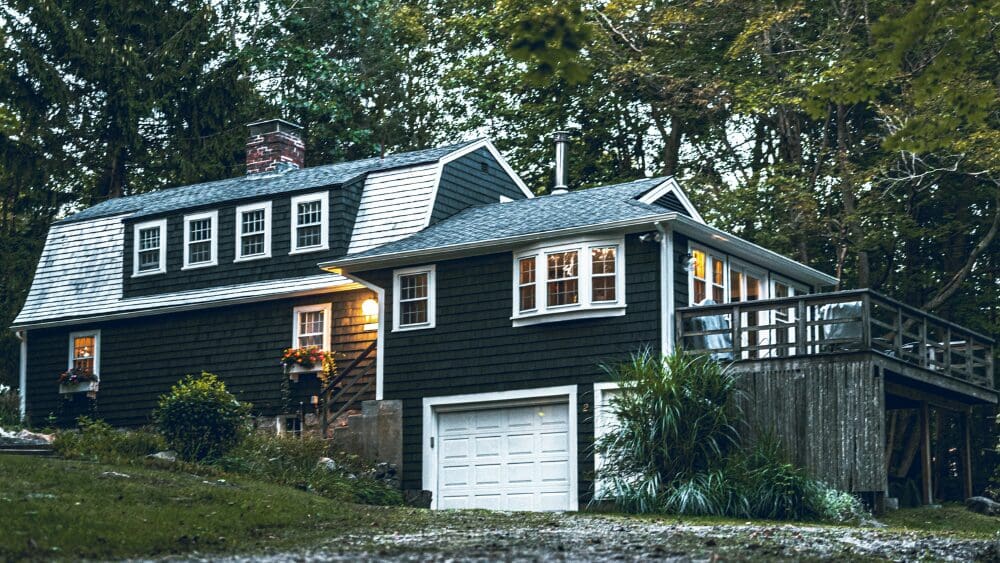
Typically, homeowners anticipating a move will seek to sell their current home, often needing the cash from the sale to help purchase their next home. Sometimes, circumstances have homeowners wondering what the pros and cons of renting your home are and whether it’s feasible to turn the old home into an investment funded by renters. After a sharp increase in apartment rents during the pandemic, U.S. rental markets are beginning to cool off. The national rental vacancy rate stood at 6.6% in the first quarter of 2024, essentially unchanged from the same period last year, according to U.S. Census Bureau data. When vacancy rates stabilize, rent prices tend to follow suit. Apartments.com predicts that in the second half of 2024, rent prices will tick up about 1.1%. The region seeing the biggest rent increases is the Midwest, where rent growth has swelled by 3.0%, led by cities like St. Louis and Oklahoma City. New multi-family construction has also begun to lose steam following several years of elevated activity. The surge of new units that came to market in 2023 caused vacancy rates to rise and rent prices to fall in some markets, most notably the Sunbelt, where supply continues to outpace demand. However, the recent construction slowdown could push rent prices higher by 2026 as inventory tightens, notes the Apartments.com report. The rental market looks stable for would-be landlords, but let’s look at the climate for selling your home. Record-high home prices and elevated mortgage rates are dampening home sales across the country. However, inventory is gradually increasing as home sellers aim to capitalize on the equity they have rapidly accumulated since 2021. According to ICE’s Mortgage Monitor report, as of early 2024, the average U.S. mortgage holder boasts $299,000 in equity. In May 2024, the National Association of Realtors reported that existing-home sales fell by 0.7% year-over-year, reaching a seasonally adjusted annual rate of 4.11 million. The median price of an existing home climbed 5.8% to $419,300 — the highest price on record and the eleventh consecutive month of year-over-year price increases. Meantime, the 30-year mortgage interest rate hovered around 7%. The inventory of unsold existing homes stood at 1.28 million at the end of May 2024, an 18.5% increase compared to the same period a year earlier. This equated to 3.7 months’ supply, which is indicative of a seller’s market. For context, a balanced market typically has 5 to 7 months of supply.Market overview for renting and selling
Rent prices and vacancies are stabilizing
Home sales slow down as mortgage rates and prices increase



